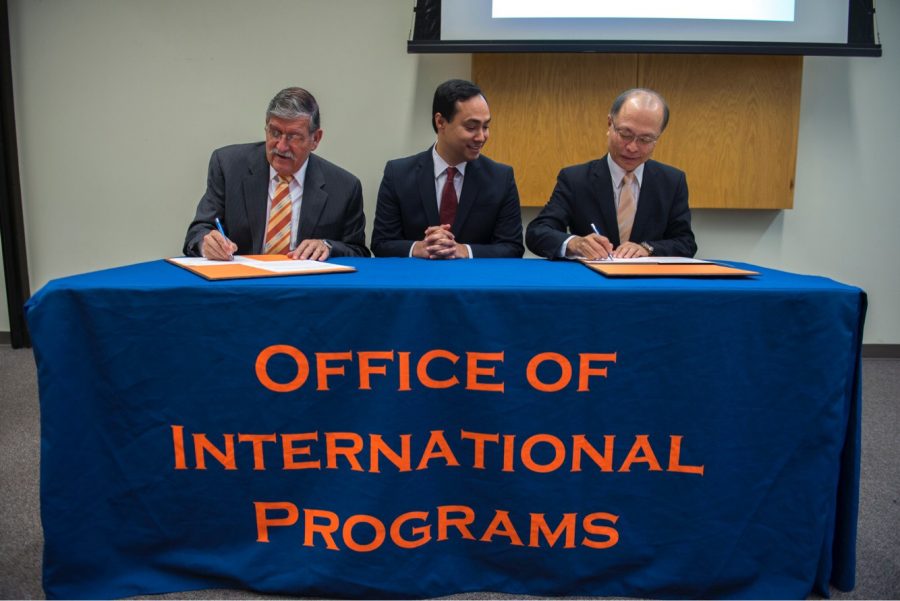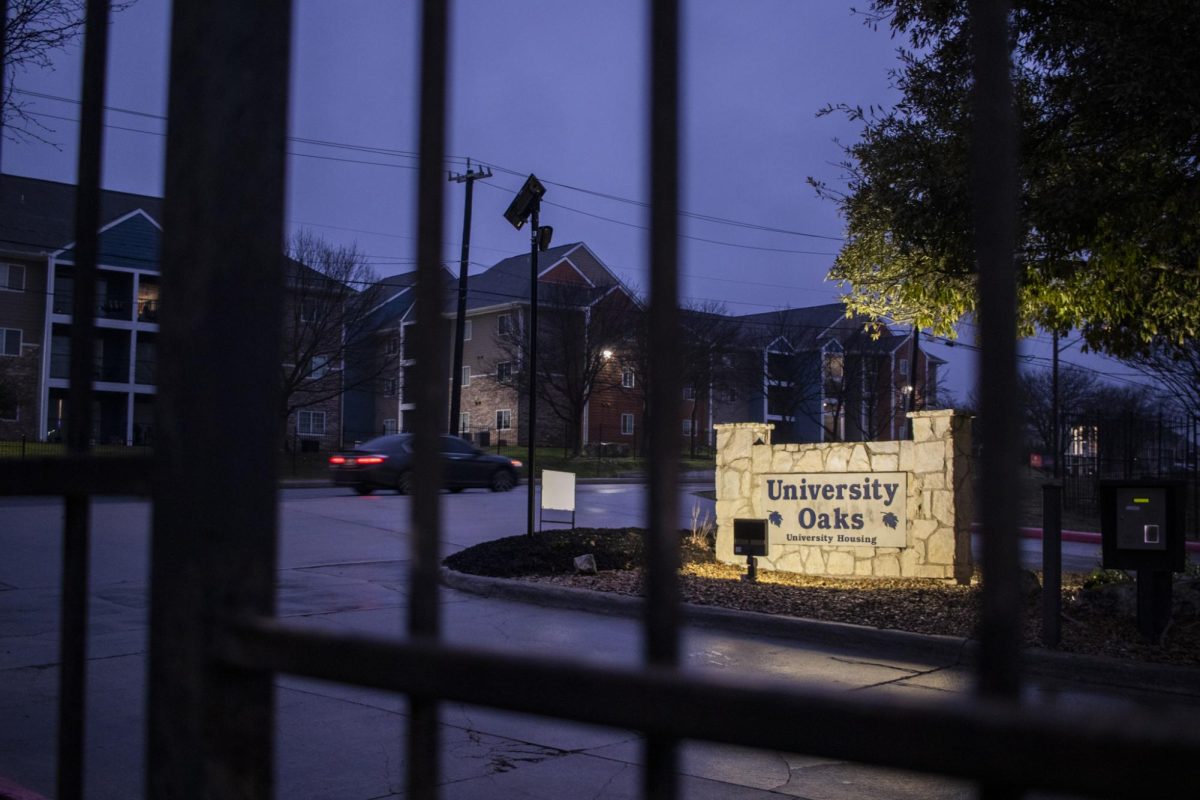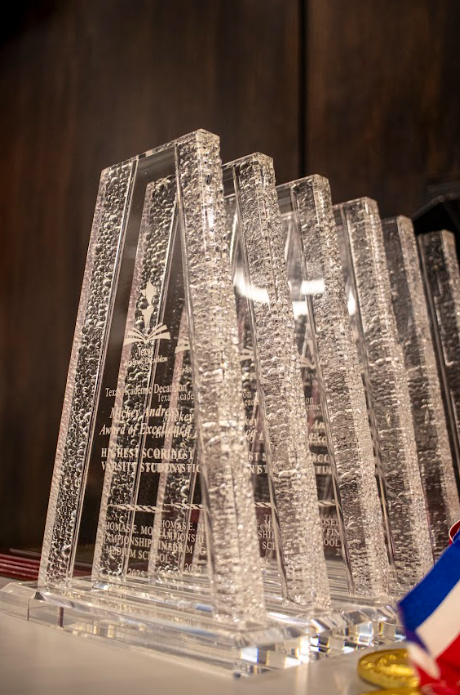Astronomy is one of those wonderful fields of study in which international cooperation is not just a convenient asset, but essentially a requirement. Last Friday, November 11th marked a significant moment in UTSA Astronomy when President Ricardo Romo of UTSA and Director General Masahiko Hayashi of the National Astronomical Observatory of Japan (NAOJ) signed a Memorandum of Understanding, making official the two organizations’ cooperation.
Through this partnership, both UTSA and NAOJ aim to “encourage basic research” and build large instruments costing “several tens of millions of dollars,” while in the process offering students from both sides enhanced opportunities for international research and collaboration.
Since 2008, UTSA has been building strong ties with Japan. In 2010, this endeavor led to UTSA’s acquisition of the world’s best electron microscopes. Now, in 2016, UTSA has become the first university to initiate a “memorandum of understanding level of collaboration” with the entire organization of NAOJ – a “very significant” achievement for both parties according to Dr. Hiroshi Karoji of Princeton University, and former Director of NAOJ’s Subaru telescope.
Together, UTSA and NAOJ hope to contribute to the construction of instruments for the Thirty Meter Telescope, likely to be located next to NAOJ’s existing flagship “Subaru Telescope” on Mauna Kea, Hawaii. With the Subaru Telescope’s 8.2m mirror, astronomers have been able to observe galaxies up to 13 billion lightyears away. With a telescope whose mirror is approximately three-and-a-half times larger, they hope to find biological markers – signs of possible life in our universe.
Building such a monumental piece of technology requires precision engineering, time, and lots of funding – upwards of 1.5 billion USD. Both NAOJ and UTSA are hopeful to be to work with each other, and other countries in the TMT consortium on the project. The whole event was overseen by House Representative Joaquin Castro, who was in attendance at the event, and spoke of the importance of Japan to the USA, applauding the initiative to link UTSA with NAOJ.
The astronomers at UTSA work within the Physics and Astronomy department, a department whose mission is stated to provide students “with a solid background in physics and problem-solving skills, critical to their future work, regardless of the nature of that work. We also aim to provide students with as much research experience as possible, to better prepare them for their future careers”. The MoU seems certain to advance these goals. “It’s all got to come back to the students” said Dr. Packham, an astronomer at UTSA who was highly influential in organizing the partnership.
Now with a concrete connection to international researchers, the future of Astronomy at UTSA has never looked more promising. With more international collaboration, astronomers from UTSA can hope to reach beyond the stars, explore the deepest regions of the cosmos, and resolve some of humanity’s most challenging questions.










